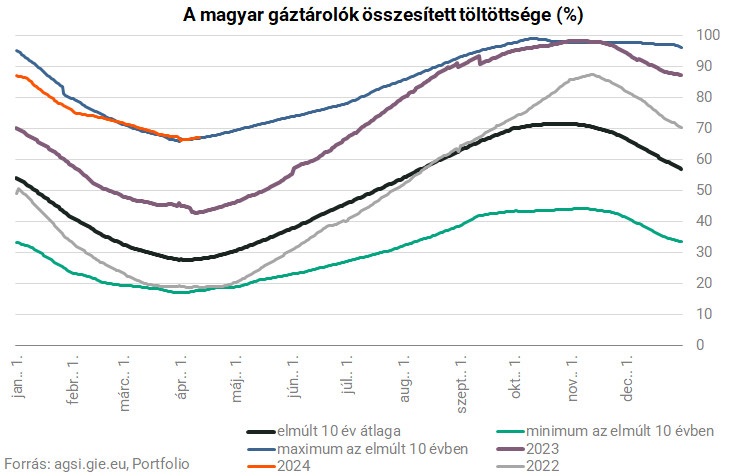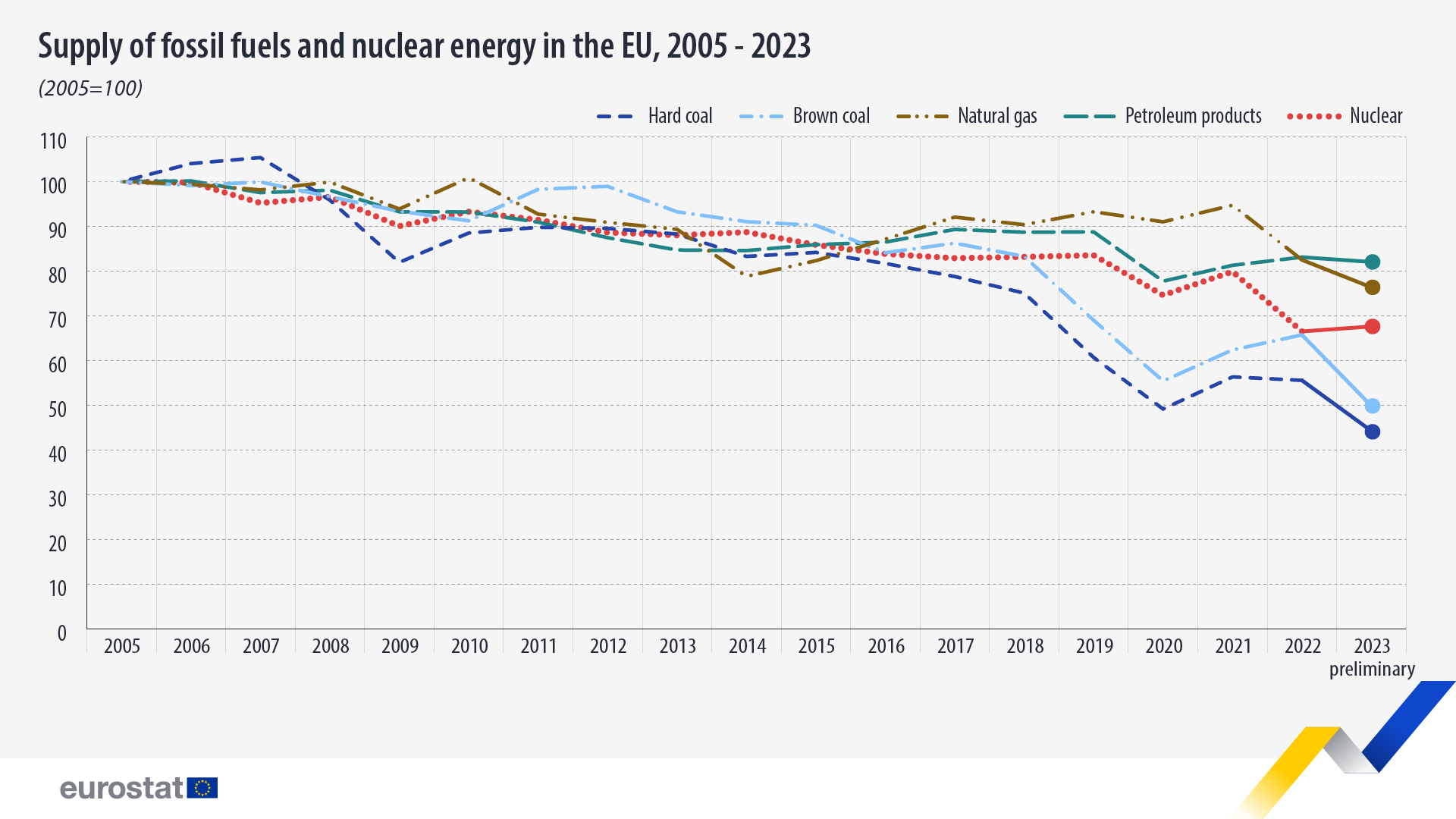Hungarian Gas storage capacity targets met; Renewables take the lead
The Hungarian
gas storage target has been well exceeded
– The 65% target for 1 July Hungarian gas storage capacity target well exceeded
, as the Hungarian figure is currently 78%, and the consumption
rate is also 50%, which is the third highest in Europe, so “the uninterrupted supply of domestic
consumers can be guaranteed with great
certainty in the autumn heating season”, the Ministry of Energy
said in a statement on Monday.
– The current occupancy rate means that Over 6.3 billion cubic metres
total Hungarian underground gas storage capacity there are more than 5
billion cubic metres of gas in storage. Gas consumption in recent years
data, this means that the really important
the minimum charge to consumption ratio is above 50%,
which is the third highest in Europe, more than twice
the EU average.
– The next intermediate target for storage recharge is 86% by 1 September, meaning that in two
months the country should
have a recharge rate 8% higher than the current one. On the basis of the indications so far, this should easily be the case,
as, partly due to significantly declining consumption, domestic gas storage levels have not
fallen below two-thirds for a full year.

(source: portfolio.hu)
—
Renewables take the lead in the EU electricity mix
The use of coal and natural gas fell sharply in the European Union last year,
leading to renewables taking
the lead from fossil fuels in the share of electricity generation, marking the beginning of a new
era, according to a Eurostat report.
– The European Union’s energy supply in 2023 has undergone significant changes
:
– According to preliminary data, natural gas consumption has fallen to 12.8 million terajoules (TJ)
, a 7.4% decrease compared to the previous year. This
represents the lowest level since 1995, according to
Eurostat figures.
– For coal, an even sharper decline was recorded. Brown coal
consumption fell by 24.2% to just 222 840 million tonnes
. Consumption of black coal also fell sharply, by 20.4%
to 130,437 million tonnes.
– Consumption of crude oil and petroleum products also fell,
but to a lesser extent. The total volume was 526,862 thousand tonnes, a 1.5%
decrease compared to the previous year.
– In contrast, supply from renewable energy sources showed a welcome
increase. This type of energy production increased by 4.4% to reach
about 10.9 million TJ.

– According to Eurostat, renewable energy was the leading source of electricity generation in the EU in 2023
. This means that renewable
energy sources produced 1.21 million gigawatt-hours (GWh), an increase of 12.4%
compared to 2022.
– Renewable
energy sources accounted for 44.7% of total electricity generation, taking the lead from fossil-based
sources, whose share and use have declined sharply.
– The amount of electricity produced from fossil fuels
has fallen dramatically, by 19.7% in one year. This means
that 0.88 million GWh, or 32.5% of total electricity production
came from such sources.
– Nuclear power plants produced 0.62 million GWh, or 22.8% of EU energy production
, reflecting a 1.2% increase in production in 2023.
– The above therefore means that a new era has begun in the EU, in which
clean, sustainable energy production methods have taken the lead.
(source: portfolio.hu)

Case study for EEOS audit – Demountable thermal insulation
Introduction The purpose of the EEOS audit (EKR the hungarian equivalent of EEOS - Energy Efficiency Obligation Scheme) is to examine whether an investment carried...

Information on energy efficiency 2024. 07.
Mandatory quality requirements for electricity supply met again in 2023 - The Hungarian Energy and Public Utility Regulatory Office (MEKH) has assessed the quality of...

The link between extreme weather and climate change has never been clearer
Advances in climate science have made it possible to obtain concrete data on how climate change is affecting extreme weather events. This progress is leading...

Evolution of electricity and gas prices
Our energy procurement business constantly monitors energy prices on the stock exchange andCO2 quota prices. The charts below show the situation as of 23 May....


